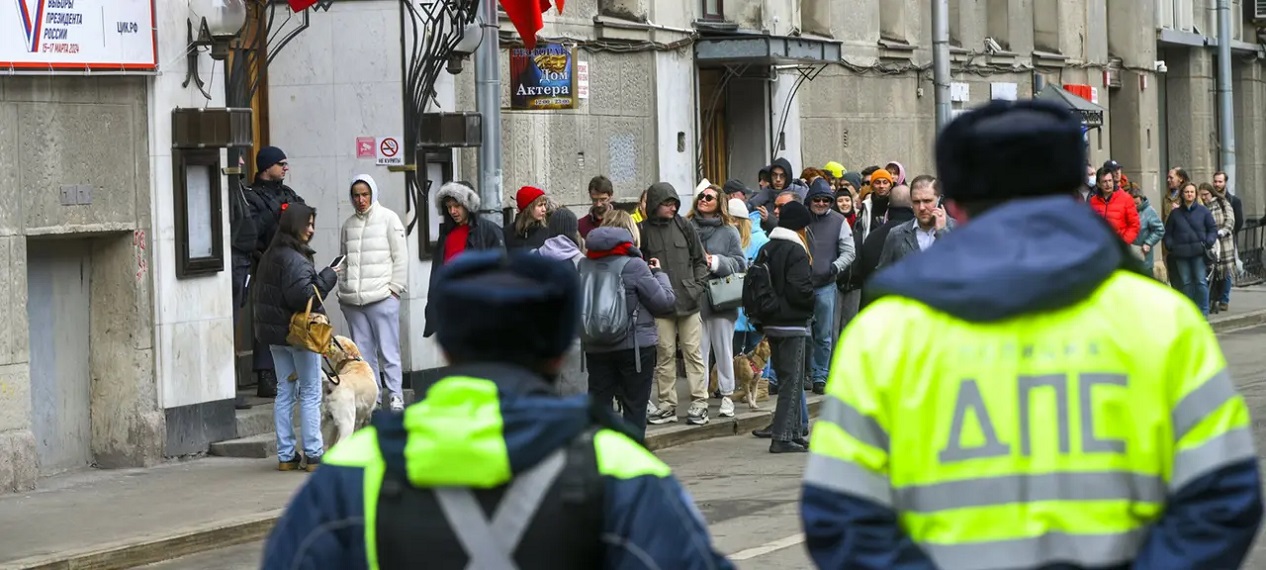 On International Mother Language Day, it has been highlighted that of the 300 languages and dialects in China, many are at risk of disappearing, largely due to government efforts to promote the use of Standard Chinese countrywide. Young people, in particular, are losing proficiency in dialects like Shanghai Hua, prompting concerns among language enthusiasts like Zhang Chunling.
On International Mother Language Day, it has been highlighted that of the 300 languages and dialects in China, many are at risk of disappearing, largely due to government efforts to promote the use of Standard Chinese countrywide. Young people, in particular, are losing proficiency in dialects like Shanghai Hua, prompting concerns among language enthusiasts like Zhang Chunling.
Dialects in China are disappearing
There are 300 languages and dialects in China, but many are facing extinction – also because the government wants everyone to speak Standard Chinese. A report on International Mother Language Day.
Fewer and fewer young people speak Shanghai Hua, the dialect of Shanghai. Zhang Chunling, who lives in the city, says she finds this very sad: “You may not believe it, but I feel like my heart is broken. It’s as if something has been taken from me. What can I do for Shanghai? The only thing I can do is teach people the Shanghai dialect.”
For several years, the 45-year-old has been running a sound studio with an integrated language school for enthusiasts with her husband. They teach and dub films in the Shanghai dialect so that more people can hear it and perhaps want to learn it.
The Communist Party wants everyone to speak the same language
In many regions of China, fewer and fewer children can speak the language or dialect of their parents or grandparents correctly. They learn Standard Chinese in school because the Communist Party wants everyone in China to speak the same language.
China has a great diversity of languages: about 300 different languages and dialects spoken by tens of millions of people. Some are at risk of disappearing. Many of the languages and dialects are forms of Chinese and related to Standard Chinese, including the Shanghai dialect. The diversity of dialects and languages in China, however, is increasingly being displaced by Standard Chinese.
It used to be different, says Zhang Chunling. “Back then, the teachers were from Shanghai. They spoke Standard Chinese Mandarin during class and otherwise Shanghai Hua.” But today’s children are not allowed to speak a dialect in school, only Standard Chinese.
Critics see it as an attempt at forced assimilation
However, there are languages in China with roots different from Standard Chinese. For example, Uyghur, a Turkic language spoken mainly in the northwestern part of China in Xinjiang. And Mongolian, spoken in the Chinese region of Inner Mongolia. In 2020, there were protests due to Chinese education policies. People feared that their language would disappear if children were taught only in Mandarin from a very young age.
In minority regions like Tibet and Xinjiang, according to human rights activists, children are sometimes separated from their parents at kindergarten age and sent to state-run boarding schools where they are supposed to learn Standard Chinese. Critics see this as an attempt at forced assimilation, meaning minorities must adapt to what is predominantly dictated.
Repressive education policies
In Tibet and Xinjiang, the education policy is accompanied by other repressive measures that suppress the culture, religion, and identity of the minority groups of Tibetan Buddhists and Uyghur Muslims. In Xinjiang, it was estimated that at times more than a million people were detained in reeducation camps.
In eastern Shanghai, the situation is different. There, more than 90% of the residents belong to the Han Chinese ethnic majority. The disappearance of the Shanghai dialect is also a social phenomenon there, believes Zhang Chunling: “Children cannot speak Shanghai dialect at school. They can only learn it at home. But if parents don’t speak it, they won’t learn it either.”












